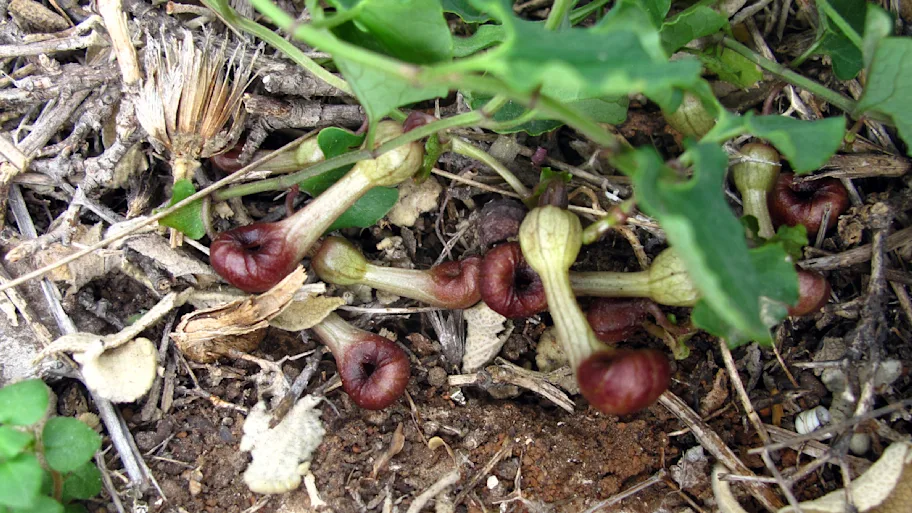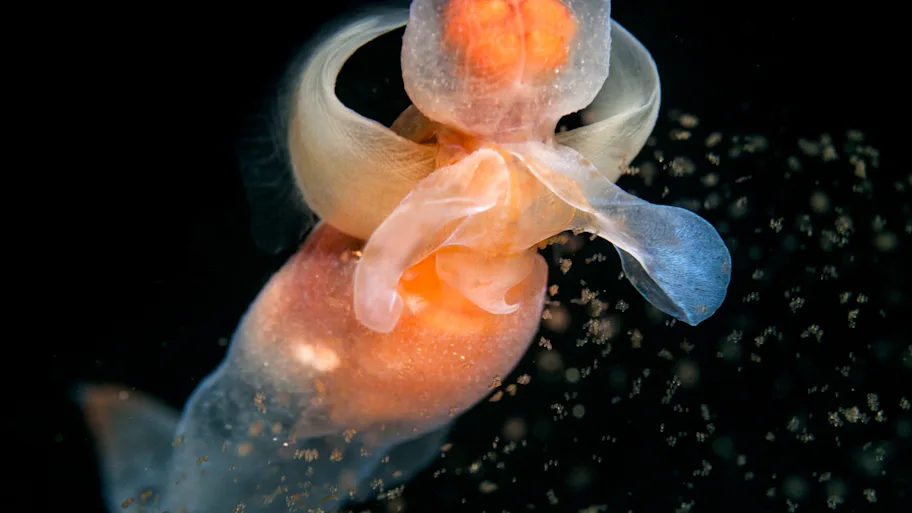
- Science news
- Life sciences
- Butterflies use differences in leaf shape to distinguish between plants
Butterflies use differences in leaf shape to distinguish between plants

The preference of Heliconius butterflies for certain leaf shapes is innate, but can be reversed through learning, says a study in Frontiers in Ecology and Evolution.
These results support a decades-old theory for explaining the evolution of the exceptional diversity of leaf shapes in passionflowers.
The tropical butterfly _Heliconius erato_distinguishes between shapes, and uses them as a cue for choosing the plants on which to feed and lay eggs, shows new research by scientists from the University of Cambridge and the Smithsonian Tropical Research Institute. The butterfly has an innate preference for passionflowers with particular leaf shapes, but can learn to overcome this preference in favor of other shapes, especially those that are the most abundant in the local flora. These preferences can promote the evolution of plant biodiversity.
Heliconius erato, the red passionflower butterfly, is a large (5 to 8 cm wingspan), white-red-black butterfly that occurs throughout Central America and tropical South America. Females lay their eggs on passionflowers (Passiflora), a genus of tropical vines with extreme variation in leaf shape, both between and within species. For example, related species can have triangular, elongated, elliptic, lobed, or spear-shaped leaves, while even on the same plant leaf shape may vary between young and old, or sun-exposed or overshadowed leaves. Once caterpillars hatch from the eggs, they start feeding on the leaves and shoots of the host plant, often causing considerable damage.
“Here, we show for the first time that female Heliconius erato use shape as a cue for selecting the passionflowers on which they feed and lay eggs,” says Denise Dell’Aglio, a doctoral student at the Department of Zoology of the University of Cambridge.
“These findings have implications for ecological theory, because they support a decades-old hypothesis that the butterflies could drive so-called ‘negative frequency dependent selection’ on the leaf shape of passionflowers, that is, natural selection where the rarest forms always have a competitive advantage. This could explain the extraordinary diversity of leaf shapes found in passionflowers.”
According to this hypothesis, first formulated in 1975 but never tested until now, female Heliconius develop a learned preference — a “search image” — for passionflowers with common leaf shapes, and lay their eggs exclusively on these plants, which then suffer damage from the caterpillars. This would drive a cycle in which passionflowers with rare leaf shapes tend to do better and have more offspring — until over the next generations they become more common in turn, and lose their competitive advantage.
Here, Dell’Aglio and colleagues use artificial flowers and leaves, made out of foam sheet, to test the preferences of Heliconius erato females for particular shapes. They first show that the butterflies have an innate preference for feeding on star-like flowers with three and five petals over flowers with simpler shapes. But they can quickly learn to reverse this preference if the simpler flowers reliably contain a food reward, show the researchers. In a second experiment, Dell’Aglio et al. show that Heliconius erato prefer to lay eggs on leaves with a familiar shape, and tend to avoid laying on leaves with a shape that they have not previously encountered. These results indicate that the butterflies develop search images for familiar leaf and flower shapes, in support of the theory.
“Negative frequency dependence, where rare forms have an advantage, is thought to be a common process that promotes diversity in tropical plants. It is therefore exciting to think about how commonly this may be driven by behavioral flexibility in predators. Perhaps other insects might learn chemical signatures, textures or other physical cues and similarly promote diversity in their host plants,” says Chris Jiggins, Professor of Evolutionary Biology at the University of Cambridge, and one of the coauthors on the new study.
Read the full article in Frontiers in Ecology and Evolution.
REPUBLISHING GUIDELINES: At Frontiers, open access and sharing research is part of our mission. Unless otherwise noted, you can republish our articles posted in the Frontiers blog – as long as you credit us with a link back. Editing the articles or selling them is not allowed.






